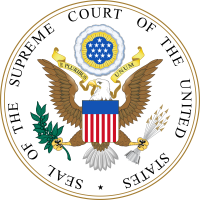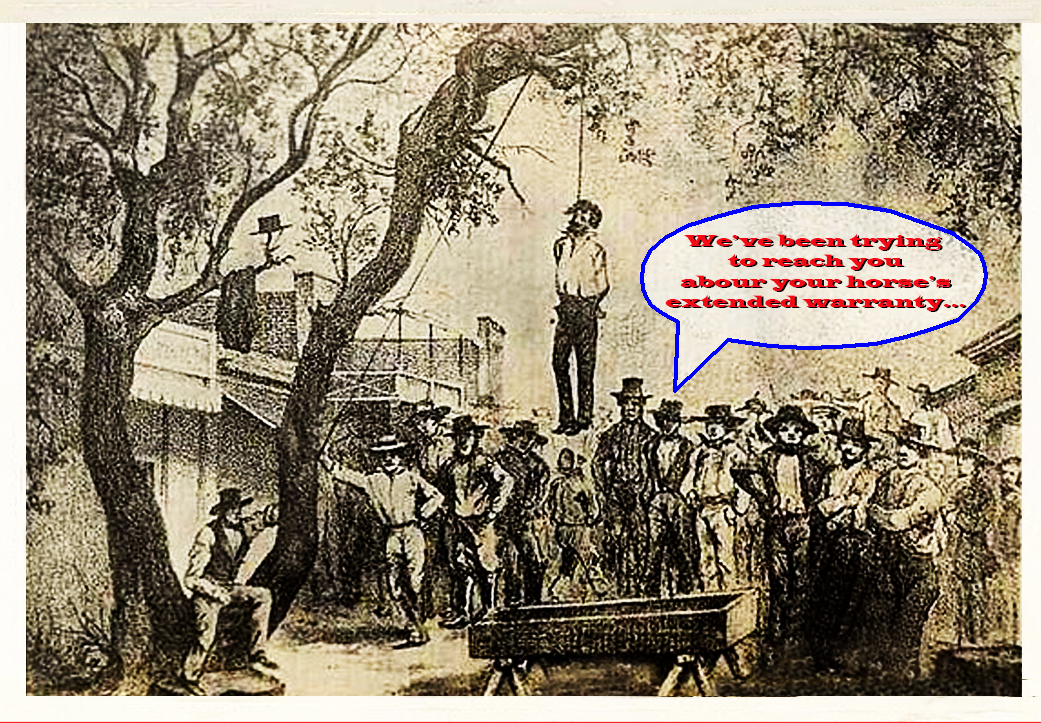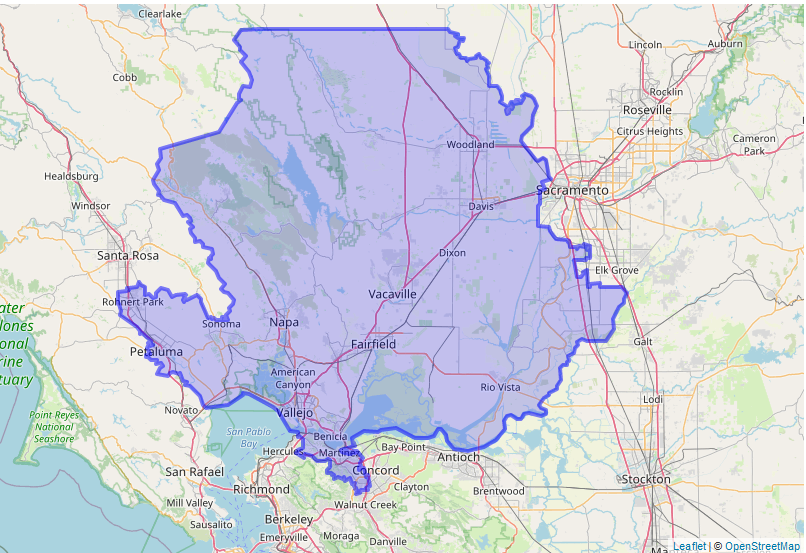California Assembly Bill 965, the so-called “Broadband Permit Efficiency and Local Government Staff Solution Best Practices Act of 2023” is now California law and will become effective on 1/1/2024. The new law will live at California Government Code Section 65964.3.
On October 8, 2023, Governor Newsom signed into law Assembly Bill 965. Introduced by Assembly member Juan Carrillo (D-Palmdale), the Bill purports to speed up broadband deployment by allowing for batched applications in units of up to 25 or 50 sites per batched application for “substantially similar broadband project sites”.
Please understand that this is actually a ‘small cell deployment bill’ that never once mentions small cells.
If you read between the lines–and it doesn’t take a powerful magnifying glass to do that–you’ll see (like we have) that this law will impact local Public Works agencies far more than Community Development Departments. Given, at least in our experience, that most California public works codes are lacking in wireless regulation, and especially in design standards for wireless facilities in the public rights of way, now is the time to update local PW codes.
Let’s do a preliminary section-by-section walk through the new law and see how it ‘works’ as written, but certainly not in practice. (Please note that TLF will be publishing a California-credit MCLE program at https://CLE.TLF.LAW in the near future that will deep dive into this law and how it may be implemented by local governments in California. Local government attorneys will have free access to that program…just send an email request to Jonathan.)
Note that SEC. 1 and SEC. 2 are the title and legislative ‘findings’, and not discussed here.
Now, on to the main event…
SEC. 3. Section 65964.3 is added to the Government Code, to read:
65964.3. (a) For purposes of this section, the following definitions apply:
(1) “Batch broadband permit processing” means the simultaneous processing of multiple broadband permit applications for substantially similar broadband project sites under a single permit.
Note the word “simultaneous” used here. Many local governments will have to adjust their processing procedures to meet the shot clock requirements discussed below.
(2) “Broadband permit application” means an application or other documents submitted for review by a local agency to permit the construction of a broadband project.
It will be very helpful for a local agency to create a standalone permit application for batched broadband projects. TLF is developing one for use by our clients.
(3) “Broadband project” means the proposed facility, including the support structure and any supporting equipment necessary for operation of the proposed facility. A broadband project may be comprised of one or more components, including, but not limited to, a wireless facility, a fiber optic connection, and other supporting equipment, each of which may require separate permits or authorizations by a local agency.
The definition of “Broadband project” is quite important. It’s a soup-to-nuts, kitchen sink definition that includes poles, wires, cables, electronic equipment, antennas, vaults, pedestals, and more. Additionally, expect to see franchised cable TV operators and non-franchised fiber providers claim rights under AB 965.
(4) “Local agency” has the same meaning as the term is defined in Section 65964.5, except that it does not include a publicly owned electric utility that is subject to Part 2 (commencing with Section 9510) of Division 4.8 of the Public Utilities Code.
Cal. Gov. Code 65964.5(a)(2) defines a local agency as meaning “a city, county, city and county, charter city, special district, or publicly owned utility” but as you see in AB 965, there is an exclusion fora publicly owned electric utility that is subject to Part 2 (commencing with Section 9510) of Division 4.8 of the Public Utilities Code. Essentially, for public power utilities, it’s status quo ante.
(5) “Presumptively reasonable time” means the timeframe, if any, specified in applicable law within which a local agency must review and resolve an application following submission of a complete broadband permit application. The presumptively reasonable time period may be modified by mutual, written agreement between the local agency and the applicant.
Applicable law? Okay, remember that California largely adopts the FCC shot clocks with a few wrinkles. This law, like state law and federal regulations, allows for tolling of the shot clock but “mutual, written agreement”. As always, be very careful when executing a tolling agreement given the industry proclivity to include terms that are damaging to local agencies.
(6) “Substantially similar broadband project sites” means broadband project sites that are nearly identical in terms of equipment and general design, but not location.
Whew. When we talk about “nearly identical” are we talking about 95%? 97%? 99%? The law does not give us guidance, but we’ll get into this key term in our MCLE program covering this new law. The location exclusion makes sense since two “nearly identical” sites cannot occupy the same location…at least in the same dimension in 3D space…it’s a physics thing.
(b) Subject to subdivision (e), a local agency shall undertake batch broadband permit processing upon receiving two or more broadband permit applications for substantially similar broadband project sites submitted at the same time by the same applicant. Batch broadband permit processing for wireless broadband projects shall be completed within a presumptively reasonable time pursuant to applicable law unless a longer period of time is permitted under the circumstances pursuant to applicable law, including Section 1.6003 of Title 47 of the Code of Federal Regulations.
Something to consider is, ‘who is the applicant?’ In most cases, the actual applicant in fact will be a permitting contractor (e.g., MD7 or Complete Wireless, etc.) or a tower/builder company (i.e., Extenet or Crown Castle), and far less often the carriers directly (such as AT&T, T-Mobile, Dish, and Verizon). This is important because, for hypo purposes, if XY&T Wireless were to use several different firms to submit multiple sites, the applicants in fact would be different firms…even if they all represent XY&T.
(c) If a local agency does not approve broadband permit applications for substantially similar wireless broadband project sites submitted for batch broadband permit processing pursuant to this section and issue permits, or reject the applications and notify the applicants, within the presumptively reasonable time or a longer period permitted under applicable law, all of the permits shall be deemed approved pursuant to Section 65964.1.
Local government attorneys will have to look at ALL of the requirements of Gov. Code Sec. 65964.1(a) to understand additional provisions to actually trigger the ‘deemed approved’ remedy. This will be covered in depth in our MCLE program on this new law.
(d) The Legislature finds and declares that batch broadband permitting processing will allow local governments to still receive permit fees, but staff can more easily process routine, high-volume broadband permits as a group instead of individually to help bridge the digital divide and more quickly connect communities to high-speed internet. This will allow the state to meet the federal broadband funding deadline of December 31, 2024, while creating greater broadband equity amongst communities so more individuals can have access to high-speed internet for emergency response, remote work, telehealth, education, and commerce.
Oddly, this subsection (d) seems to be a legislative finding, not an enforceable provision. Weird.
(e) The requirements of this section shall not apply to eligible facility requests, as defined and governed by Section 1455 of Title 47 of the United States Code.
This little gem is very important as it means that existing sites up for modification that would qualify for 6409(a) treatment are unlikely to be subject to this new law. A first step, then, for any application is to ask whether the site being requested actually exists, and if so to likely deny the application if it would otherwise fall into 6409(a) territory. Moreover, if a batched site up for modification does not have a legal existence (and, in our experience, a fair number don’t have a legal existence), then should the local government deny the entire batch? Again, we’ll deep dive on this in our MCLE program.
(f) (1) This section does not preclude a local agency from requiring compliance with any requirements relating to the design, construction, or location of broadband projects that the local agency is otherwise authorized to impose or enforce under applicable law, including, without limitation, any generally applicable health and safety requirements.
Yup, this is a biggie. Local design regulations (wait…your jurisdiction HAS local design regulations, right?) and code compliance are still very much alive and viable. You don’t? Now would be a very good time to look at a design RESOLUTION (not an ordinance) to fill in some obvious holes.
(2) If a broadband permit application is denied, the local agency shall notify the applicant in writing of the reasons for the denial.
Good practice is to independently list every reason for a denial but remember not to run afoul of the FCC’s preemption of RF emissions standards. While it’s possible to deny a site for RF non-compliance, you’ll have to make sure you have the backup to make that finding and to make it stick. The section immediately prior makes clear that local governments can (and I assure you they should) ask for and carefully review RF compliance documentation for every new and modified site.
(g) The provisions of this section shall not apply to poles located within the limits of the City and County of San Francisco, if the poles are used for the primary purpose of operating San Francisco Municipal Transportation Agency public transit vehicles.
This provision in this new law doesn’t take SF Muni poles out of the siting equation…it only makes them subject to a different process. Good work by CCSF here!
(h) Nothing in this section shall supersede, nullify, or otherwise alter the requirements to comply with safety standards, including, but not limited to, both of the following:
(1) Article 2 (commencing with Section 4216) of Chapter 3.1 of Division 5 of Title 1.
(2) The Public Utilities Commission’s General Order No. 128, Rules for Construction of Underground Electric Supply and Communication Systems, or successor rules adopted by the commission.
Okay, let’s break this apart a bit. Section 4216 is the code that sets statewide standards for digging, and DigAlert. CPUC GO 128 governs underground utility construction in California. Oddly, nothing is referenced here to CPUC General Order 95. GO 95 controls and sets safety standards for overhead utility construction here in California. That’s omission is okay, however, since subsection (f)(1) of this new law above makes clear that a local government maintains its enforcement authority for “generally applicable health and safety requirements” and that certainly includes CPUC GO 95.
(i) (1) A local agency may place reasonable limits on the number of broadband project sites that are grouped into a single permit while undertaking batch broadband permit processing.
Well, what’s reasonable? I’m glad you asked because, well, its not the local agency that sets the minimum ‘reasonable limits’…
(2) A reasonable limit imposed pursuant to paragraph (1) shall be no less than either of the following:
(A) For a city with a population of fewer than 50,000 or a county with a population of fewer than 150,000, including each city within that county, 25 project sites.
(B) For a city or county with a population greater than the applicable population described in subparagraph (A), 50 project sites.
I’m fairly sure a lot over smaller jurisdictions will claim, rightly, that 25 batched application sites requiring the expediting of decisions or face a deemed approved remedy will disagree with the definition of “reasonable limit”.
(3) A local agency may only remove a broadband project site from grouping under a single permit under mutual agreement with the applicant or to expedite the approval of other substantially similar broadband project sites.
Subsection 3 is a double edged sword if I ever saw one. First, the applicant determines whether a site can be removed from a batched application if requested by the local jurisdiction. Second, a jurisdiction appears able to remove an application on its own if it determines that the removal will expedite the approval of other sites in same batch. (Note the use of the ‘or’ connector in this section.) Why might a local government not want to remove a non-qualifying site (or two or three or however as might be required) from a batch? Good question…but likely a complex answer.
(j) A local agency may impose a fee on batch broadband permitting processing consistent with Section 50030. Where limited resources affect a local agency’s ability to process applications for a broadband project, including batched applications, a local agency shall work with the applicant in good faith to resolve those resource limitations, which may include, but is not limited to, provision by the applicant of supplemental resources.
Cal Gov Code Section 50030 says that as to telecom facilities constructed by a telephone corporation that has obtained all required authorizations to provide telecommunications services from the Public Utilities Commission and the Federal Communications Commission, local governments permit fees “shall not exceed the reasonable costs of providing the service for which the fee is charged and shall not be levied for general revenue purposes”. Okay, no biggie there. It looks like the law adds a new layer of a good faith negotiation to add resources to expedite batched permit processing, and that the applicant will then have to provide “supplement resources”. This is not new, as a fair number of local governments have, in some cases for decades, retained outside trusted consultants to back fill where the local staff doesn’t have the knowledge or handling capacity to timely move applications through the process. What the industry is likely to claim is that THEY get to pick the consultants that a local government can use to provide that back fill. A more logical and consistent reading will be that if a local government needs help, and has a qualified consultant, the local government will be responsible for picking its advisor, and billing that cost through (without adding any pure profit for the general fund) to the applicant.
SEC. 4. The Legislature finds and declares that the efficient approval of broadband permit applications is critical to the deployment of broadband services, is a matter of statewide concern, and is not a municipal affair as that term is used in Section 5 of Article XI of the California Constitution. Therefore, Section 3 of this act adding Section 65964.3 to the Government Code applies to all cities, including charter cities.
This is a common provision that moves the issue to this statewide ‘solution’.
SEC. 5. No reimbursement is required by this act pursuant to Section 6 of Article XIII B of the California Constitution because a local agency or school district has the authority to levy service charges, fees, or assessments sufficient to pay for the program or level of service mandated by this act, within the meaning of Section 17556 of the Government Code.
Finally, because the law provides that local governments can charge the cost (including outside help) on the applicant to process these batched applications, no state reimbursement is needed.
Okay, that’s it for this first look, and my options about this new law.
Remember that TLF will be producing and making available a deeper dive review into this new law. That MCLE credit program will be available at no charge to local government attorneys…and, heck, to local government planners as well.
-Jonathan









